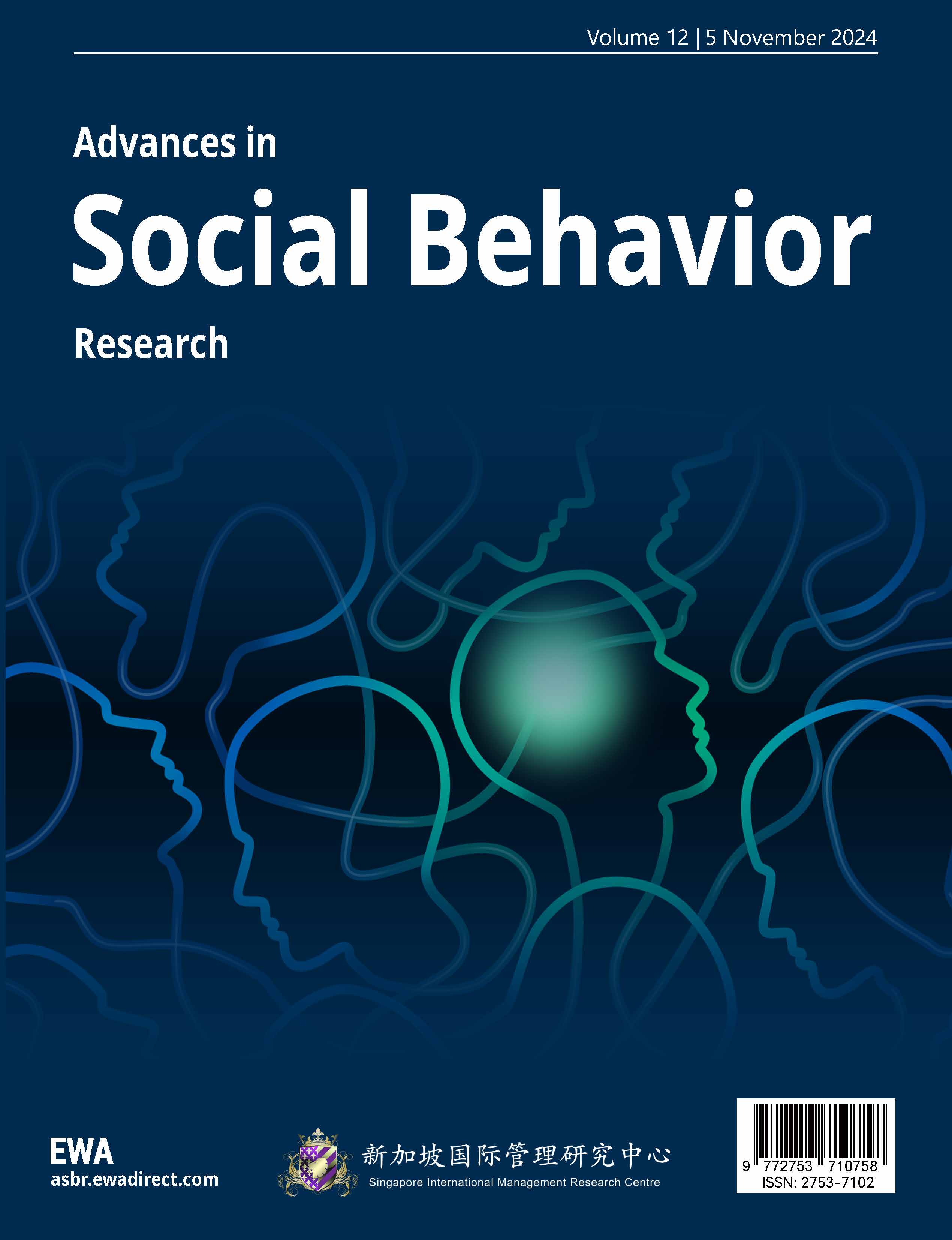References
[1]. Oppenlaender, J. (2022). The Creativity of Text-to-Image Generation. In The25th International Academic Mindtrek Conference(pp. 256-264). ACM. https: //dl.acm.org/doi/10.1145/3569219.3569352
[2]. Wu, T., He, S., Liu, J., Sun, S., Liu, K., & Han, Q.-L. (2023). A Brief Overview of ChatGPT: The History, Status Quo and Potential Future Development.IEEE/CAA Journal of Automatica Sinica, 10(5), 1-15.
[3]. Ginsburg, J. C. (1992). No Sweat Copyright and Other Protection of Works of Information after Feist v. Rural Telephone.Columbia Law Review, 92(2), 338-388.
[4]. Rosati, E. (2018). Why Originality in Copyright Is Not and Should Not Be a Meaningless Requirement.Journal of Intellectual Property Law & Practice, 13(9), 724-735. https: //doi.org/10.1093/jiplp/jpy084
[5]. Rahmatian, A. (2013). Originality in UK Copyright Law: The Old "Skill and Labour" Doctrine Under Pressure.IIC - International Review of Intellectual Property and Competition Law, 44(1), 4-34.
[6]. Mazzi, F. (2024). Authorship in artificial intelligence-generated works: Exploring originality in text prompts and artificial intelligence outputs through philosophical foundations of copyright and collage protection.Journal of World Intellectual Property, 27(3), 410-427.
[7]. Samuels, E. (1988). The Idea-Expression Dichotomy in Copyright Law.Tennessee Law Review, 56(2), 321-364.
[8]. Deltorn, J.-M., & Macrez, F. (2018). Authorship in the Age of Machine Learning and Artificial Intelligence. Center for International Property Studies.
[9]. Nordemann, J. B. (2019, November 21). AIPPI: No Copyright Protection for AI Works without Human Input, but Related Rights Remain. Kluwer Copyright Blog. http: //copyrightblog.kluweriplaw.com/2019/11/21/aippi-no-copyright-protection-for-ai-works-without-human-input-but-related-rights-remain/
[10]. Liu, V., & Chilton, L. B. (2022). Design Guidelines for Prompt Engineering Text-to-Image Generative Models. In Proceedings of the 2022 CHI Conference on Human Factors in Computing Systems (pp. 1-23).
[11]. Chang, M., Druga, S., Fiannaca, A. J., Vergani, P., Kulkarni, C., Cai, C. J., & Terry, M. (2023). The prompt artists. In Proceedings of the 15th Conference on Creativity and Cognition (pp. 75–87). Association for Computing Machinery. https: //doi.org/10.1145/3591196.3593515
[12]. Senftleben, M., & Buijtelaar, L. (2020). Robot Creativity: An Incentive-Based Neighboring Rights Approach.IIC - International Review of Intellectual Property and Competition Law, 51(5), 553-581.
[13]. Guadamuz, A. (2021). Do Androids Dream of Electric Copyright? In Artificial Intelligence and Intellectual Property. Oxford University Press.
[14]. European Commission. (2020, June 7). Trends and Developments in Artificial Intelligence - Challenges to the Intellectual Property Rights Framework. https: //digital-strategy.ec.europa.eu/en/library/trends-and-developments-artificial-intelligence-challenges-intellectual-property-rights-framework
[15]. Goldstein, P., & Hugenholtz, P. B. (2019). International Copyright Law: Principles, Law, and Practice (4th ed.). Oxford University Press.
[16]. Senftleben, M., & Buijtelaar, L. (2020). Robot Creativity: An Incentive-Based Neighboring Rights Approach.IIC - International Review of Intellectual Property and Competition Law, 51(5), 553-581.
[17]. Giuffrida, I. (2019). Liability for AI Decision-Making: Some Legal and Ethical Considerations.European Journal of Risk Regulation, 10(1), 41-48.
[18]. Lynch, H. F., Vayena, E., & Gasser, U. (Eds.). (2018). Big Data, Health Law, and Bioethics. Cambridge University Press.
[19]. Heverly, R. (2020). More Is Different: Liability of Compromised Systems in Denial of Service Attacks.Harvard Journal of Law & Technology, 33(2), 567-610.
[20]. Dusollier, S., Kretschmer, M., Margoni, T., Mezei, P., Quintais, J. P., & Rognstad, O.-A. (2025). Copyright and Generative AI: Opinion.JIPITEC, 16(1), 121-127.



